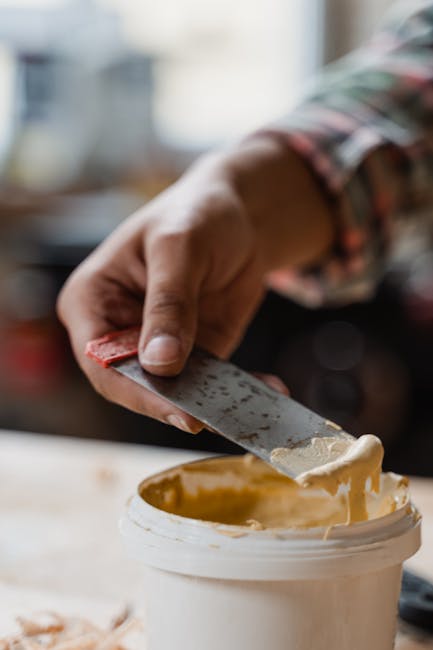Wood fillers are essential for repairing dings, dips, and hollows in wooden surfaces. They not only mask imperfections but restore the integrity of wood items, making them an indispensable tool in home improvement projects. Let’s delve into the best practices and considerations to ensure success when screwing into wood filler.

Understanding the different types of wood fillers is crucial for selecting the right one for your project:
Yes, it is possible to screw into wood filler, but the success largely depends on the type of filler used and correct application techniques. Consider these key points:

Select an epoxy wood filler for situations where the screw will bear heavy loads. Epoxy fillers provide a strong bond and can support the weight effectively once fully cured. For more detailed guidance, you can refer to this High Performance Wood Filler (MinWax) 4-25-18.pdf.
Choose the appropriate type of screw based on the requirements of your project. Anti-corrosive screws are preferred, especially in moisture-prone areas to prevent deterioration over time.
For optimal performance:
Proper technique minimizes the risk of damage:
For enhanced strength, consider the following methods:
| Issue | Solution |
|---|---|
| Cracking and Splitting | Always drill a pilot hole to mitigate this problem. |
| Loosening Over Time | Environmental factors can affect the filler’s integrity; use weather-resistant fillers and screws where applicable. |
| Lack of Strength | Remember that wood fillers are primarily for non-structural repairs and may not match the strength of solid wood. |
In conclusion, mastering the use of wood filler, especially when it involves screwing into it, enhances your woodworking skills. It involves understanding the materials and techniques to effectively repair and restore wood items, ultimately contributing to their longevity and reliability. For further tips on related projects, you might find it helpful to read Tips for Kitchen Cabinet Installation.

Immerse yourself in architecture’s most boundary-pushing ideas—where innovative home improvements meet visionary urban developments. Discover new building techniques, materials, and creative concepts that are redefining how we shape our spaces on a global scale.